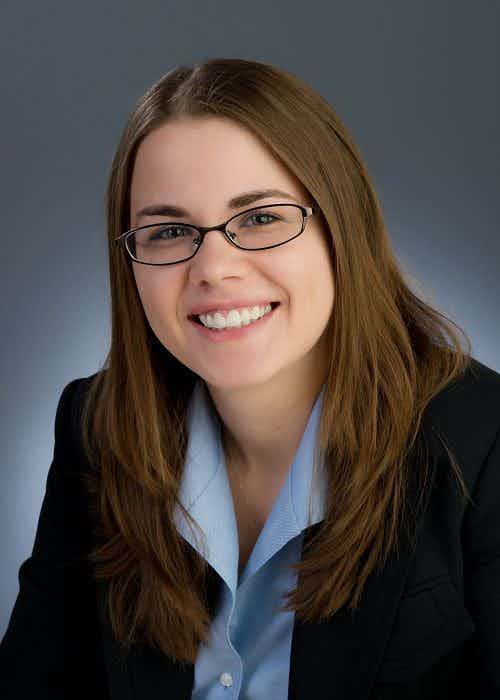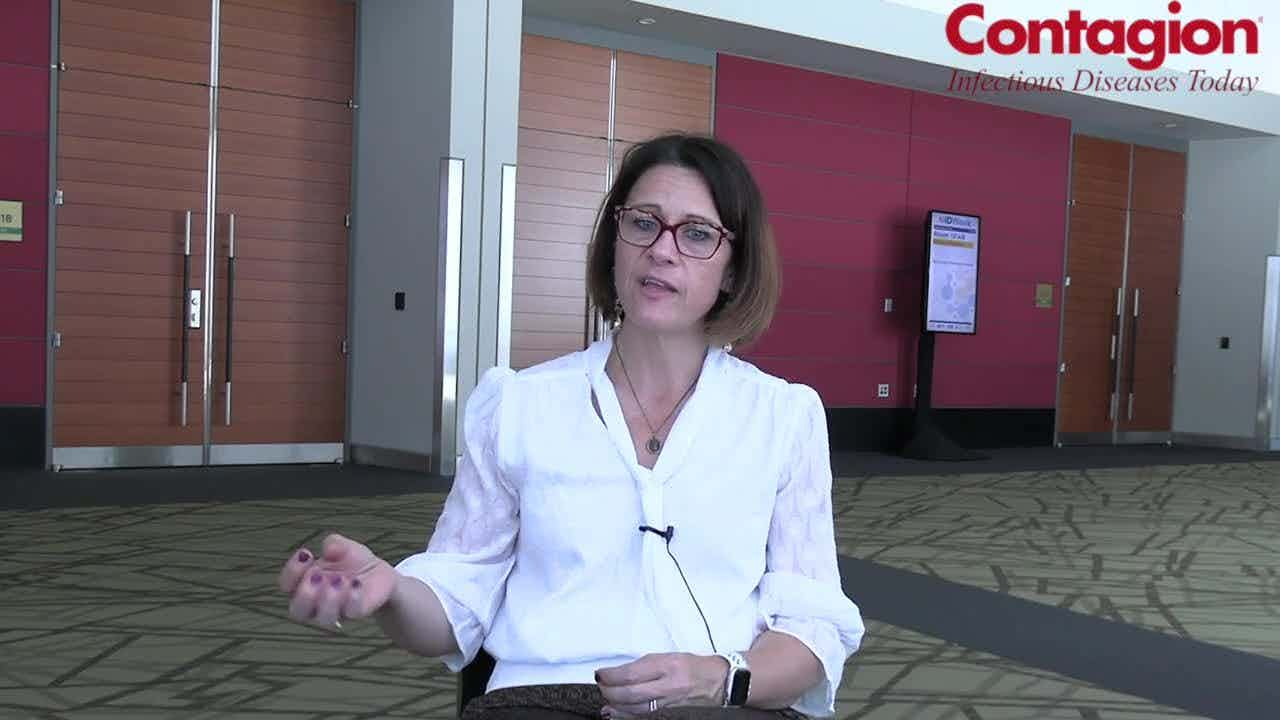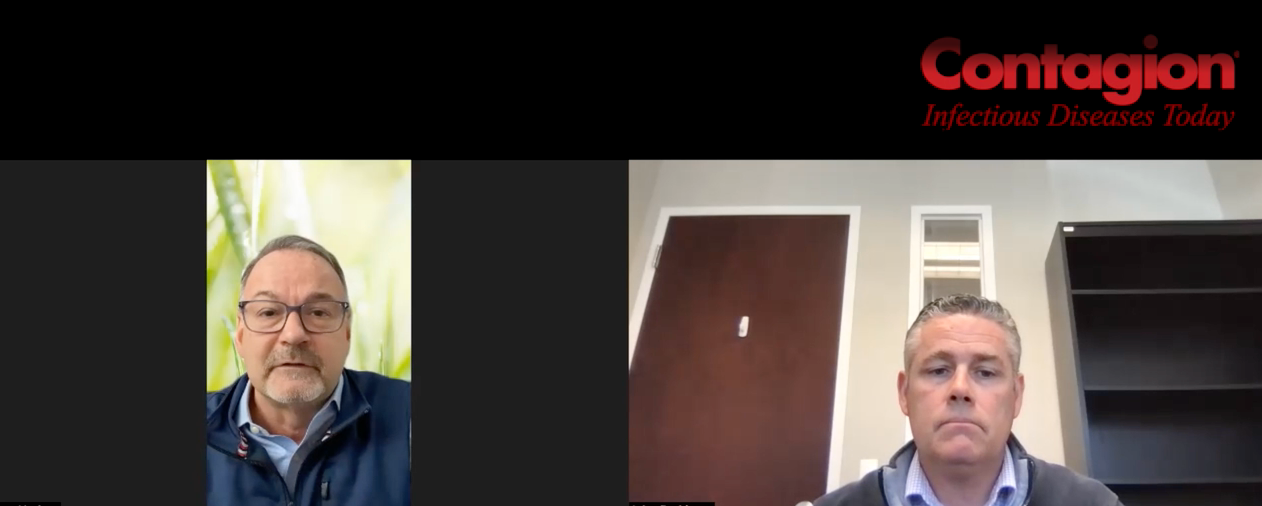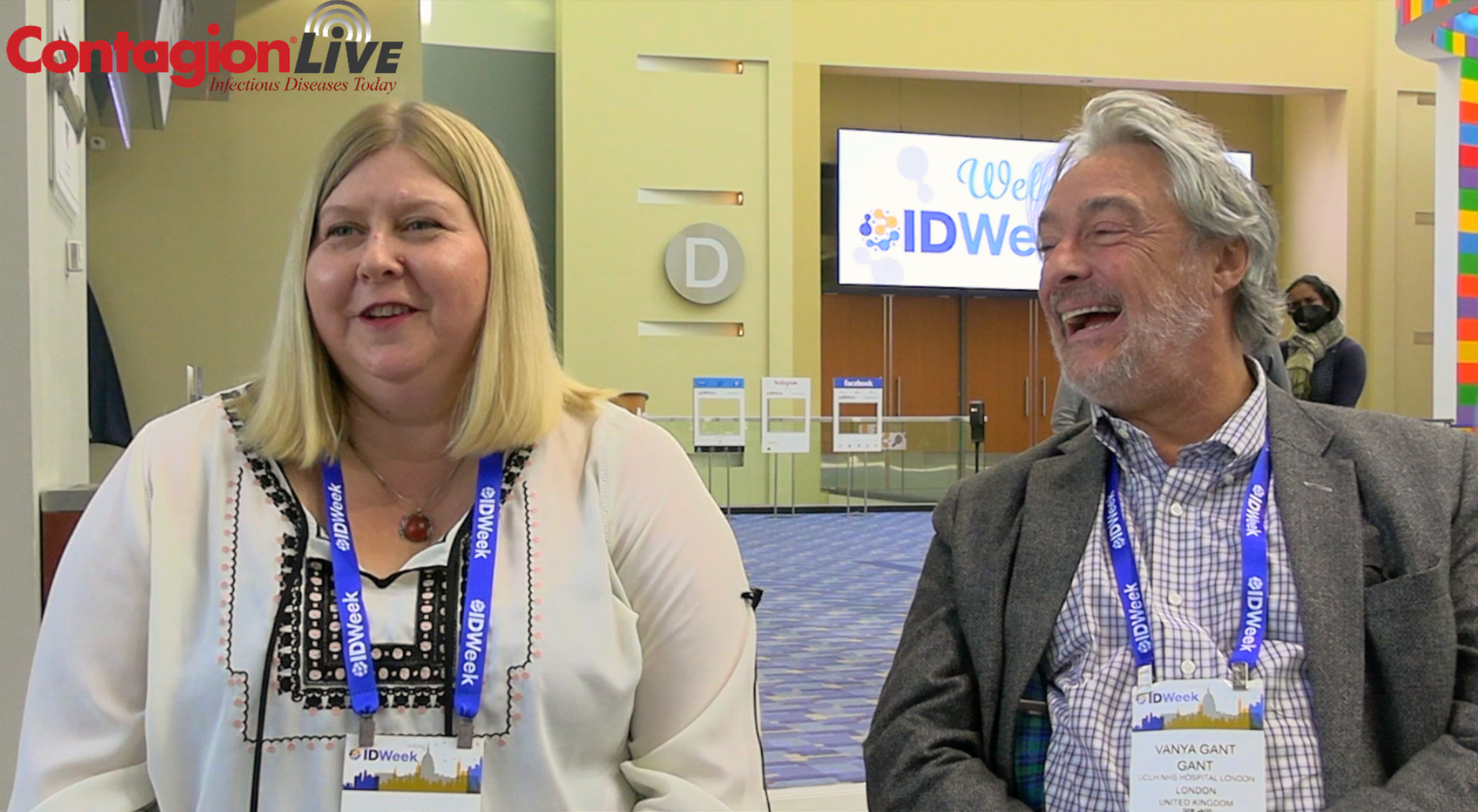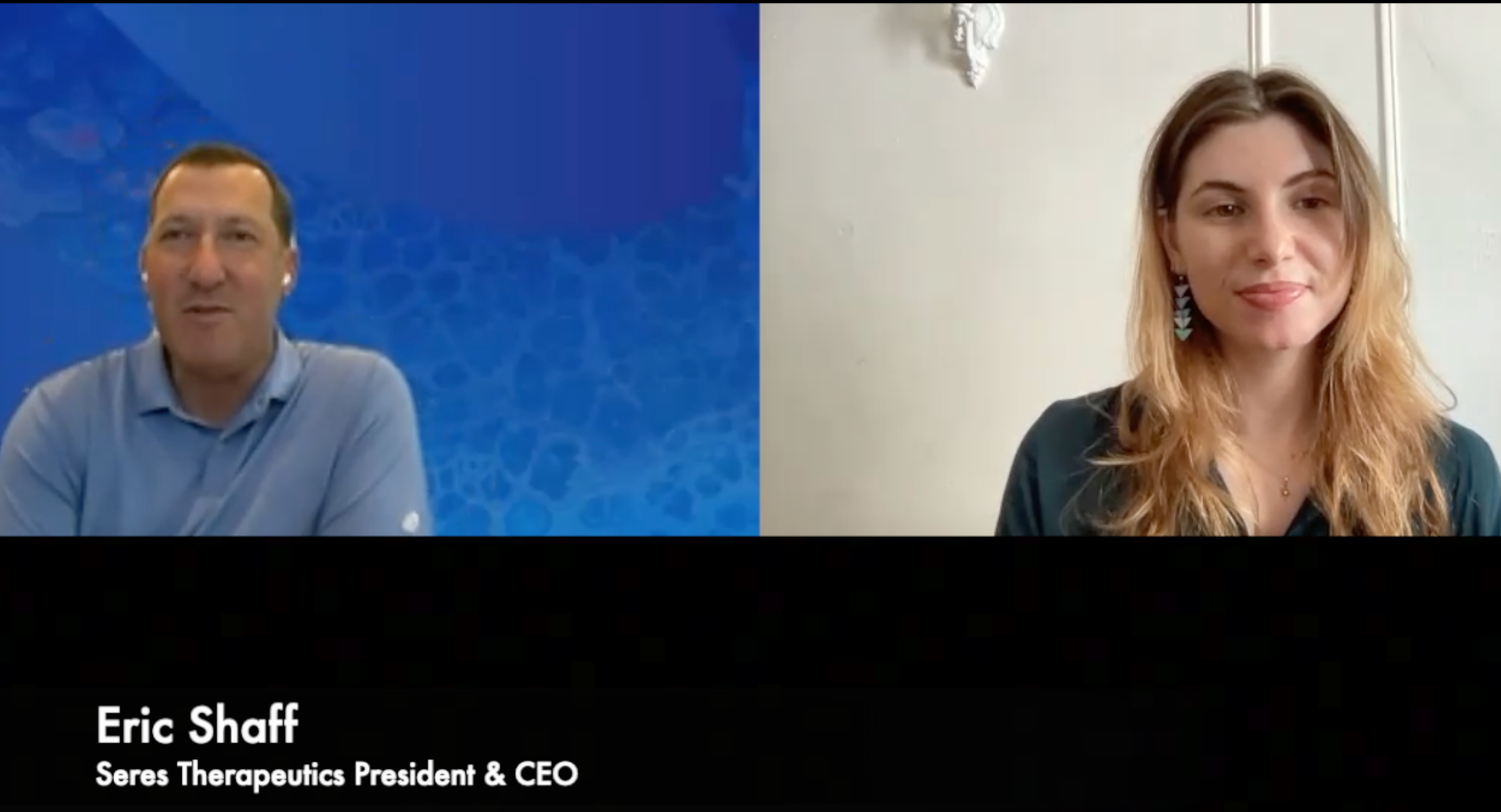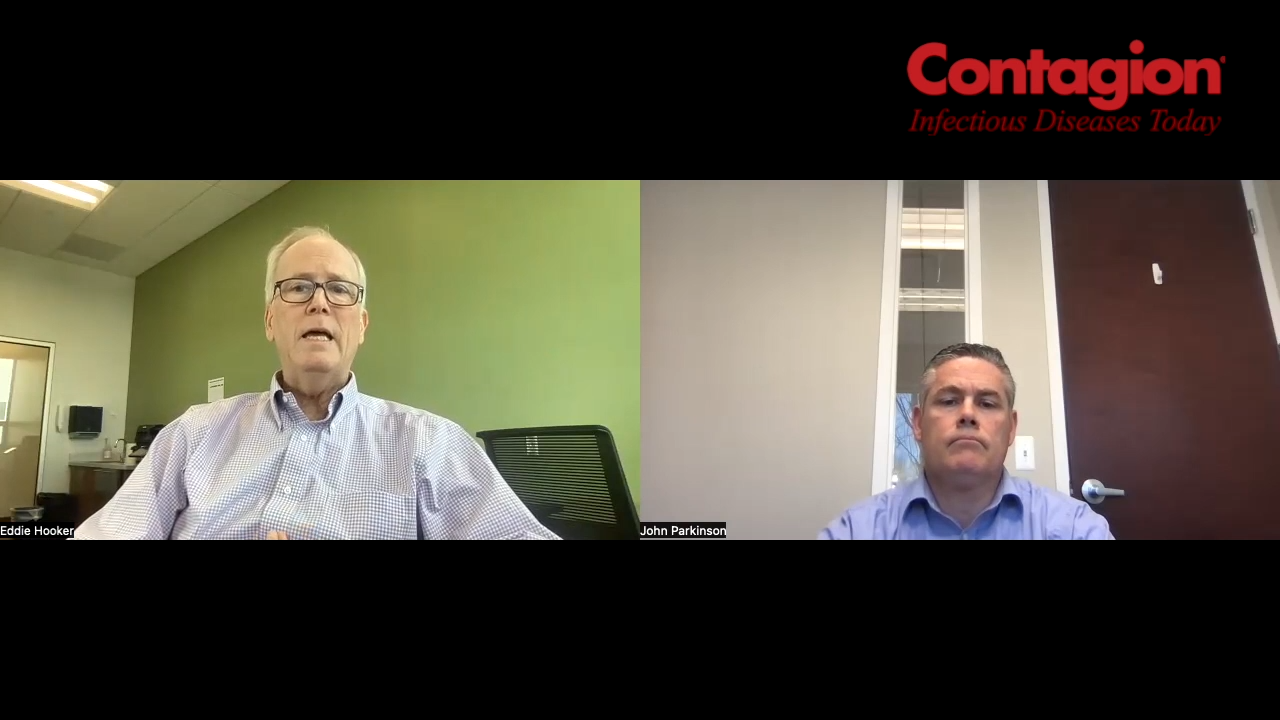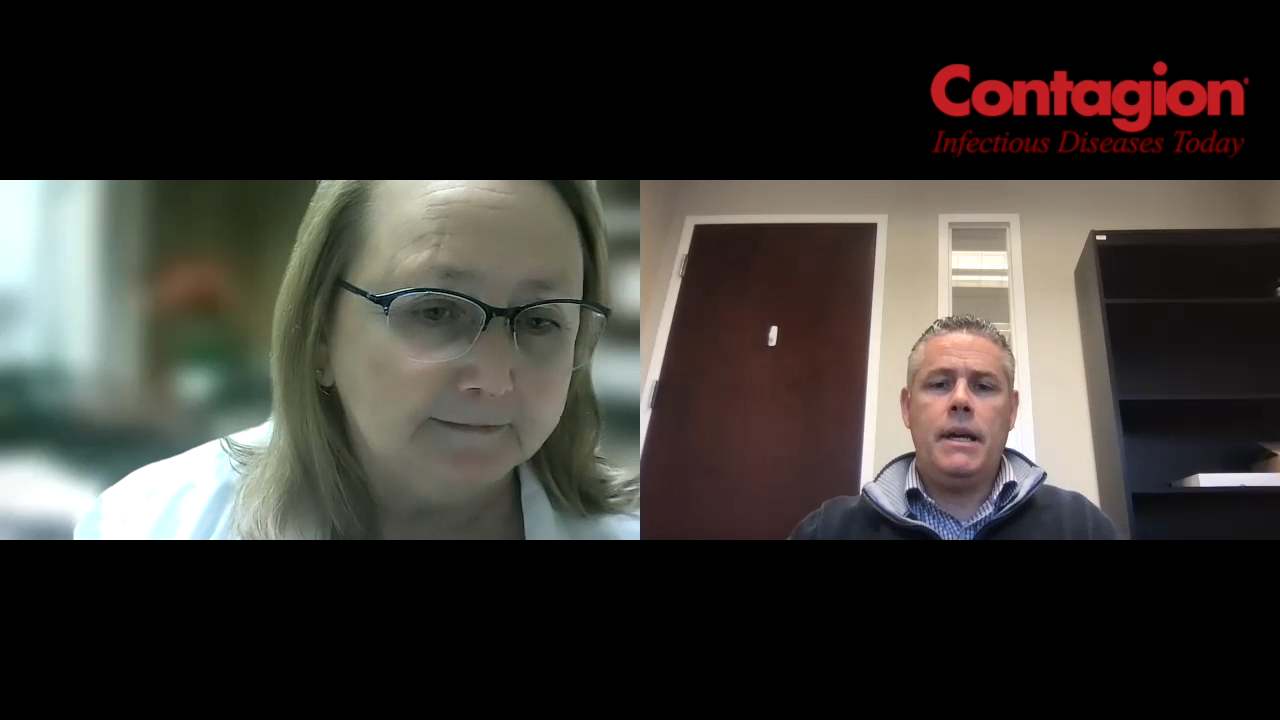NIH Scientists Find MRSE Toxin Contributes to Sepsis
NIH scientists have, for the first time, linked a Staphylococcus epidermidis toxin, called PSM-mec, with sepsis.
Each year, between 1 and 3 million individuals are diagnosed with sepsis in the United States alone; 15% to 30% of these cases result in death. The majority of sepsis cases are caused by methicillin-resistant Staphylococcus epidermidis (MRSE) bacteria. Because these strains of S. epidermidis have developed antibiotic resistance (in fact, resistance rates actually exceed the more commonly known Staphlyococcus aureus), treatment options for those who are diagnosed with sepsis are limited.
However, a recent discovery made by scientists at the National Institutes of Health (NIH) has revealed that a toxin is a key contributor to sepsis and this toxin may become a new target for therapeutics to treat this life-threatening condition.
Sepsis can be caused when S. epidermidis infect the bloodstream. The condition is a “significant health concern” for hospitalized infants, children, or those who have had implanted medical devices, such as catheters or central lines. According to the Centers for Disease Control and Prevention (CDC), sepsis usually presents itself as a combination of symptoms, from typical signs of infection, such as vomiting, sore throat, or diarrhea, to any of the following symptoms: fever, shivering, clammy/sweaty skin, disorientation, shortness of breath, elevated heart rate, and extreme pain or discomfort. According to a press release on the new research from the NIH, “Severe bacterial sepsis is characterized by an extreme immune response, inflammation, reduced blood flow, clotting, and organ failure.”
Previously, sepsis was thought to be “due to an over-reacting immune response triggered by invariant bacterial surface structures.” However, now, for the first time, NIH scientists were able to link an S. epidermidis toxin, called PSM-mec, to sepsis.
In their study, the scientists examined tissue studies of S. epidermidis strains and found that PSM-mec not only encouraged the survival of the bacteria within human blood, but it also helped the bacteria in the fight against neutrophils, which are “a type of immune cell[s] that [are] one of the first cell types to travel to the site of an infection” and fight off infections by “ingesting microorganisms and releasing enzymes that kill the microorganisms.”
Using a mouse model, the scientists made another interesting discovery; they found that the PSM-mec toxin both stimulated immune response and “significantly increased disease,” both of which worsened the infection.
The study authors concluded, “Future clinical work is needed to assess whether PSM-mec and/or other toxins contribute to sepsis in humans. Importantly, our results suggest that CNS sepsis may be amenable to virulence-targeted therapeutic approaches, such as those targeting the quorum-sensing system Agr, which strictly regulates PSM expression, or monoclonal antibody-based therapy directed against the toxin.”
Until then, the CDC has shared ways that healthcare providers can work to protect patients from infections that can lead to sepsis infection:
- Prevent infections. Follow infection control requirements (such as handwashing) and ensure patients to get recommended vaccines (e.g., flu and pneumococcal).
- Educate patients and their families. Stress the need to prevent infections, manage chronic conditions, and, if an infection is not improving, promptly seek care. Don't delay.
- Think sepsis. Know the signs and symptoms to identify and treat patients earlier.
- Act fast. If sepsis is suspected, order tests to help determine if an infection is present, where it is, and what caused it. Start antibiotics and other recommended medical care immediately.
- Reassess patient management. Check patient progress frequently. Reassess antibiotic therapy 24-48 hours or sooner to change therapy as needed. Determine whether the type of antibiotics, dose, and duration are correct.











